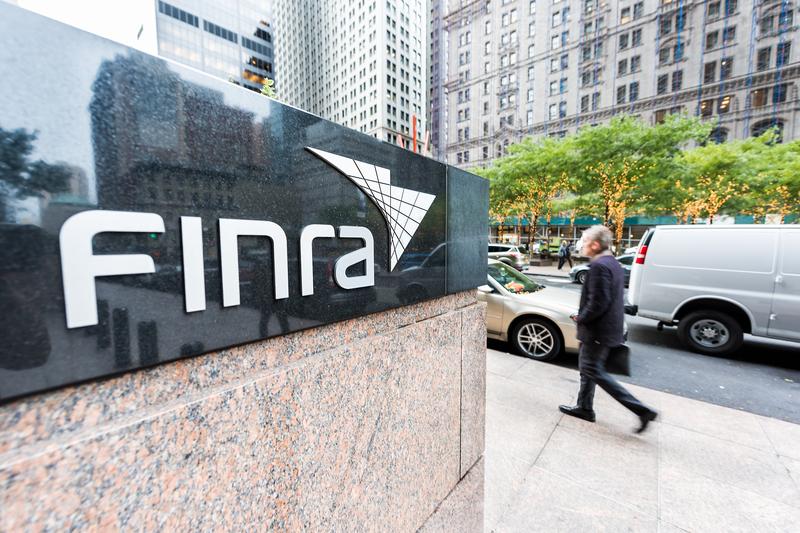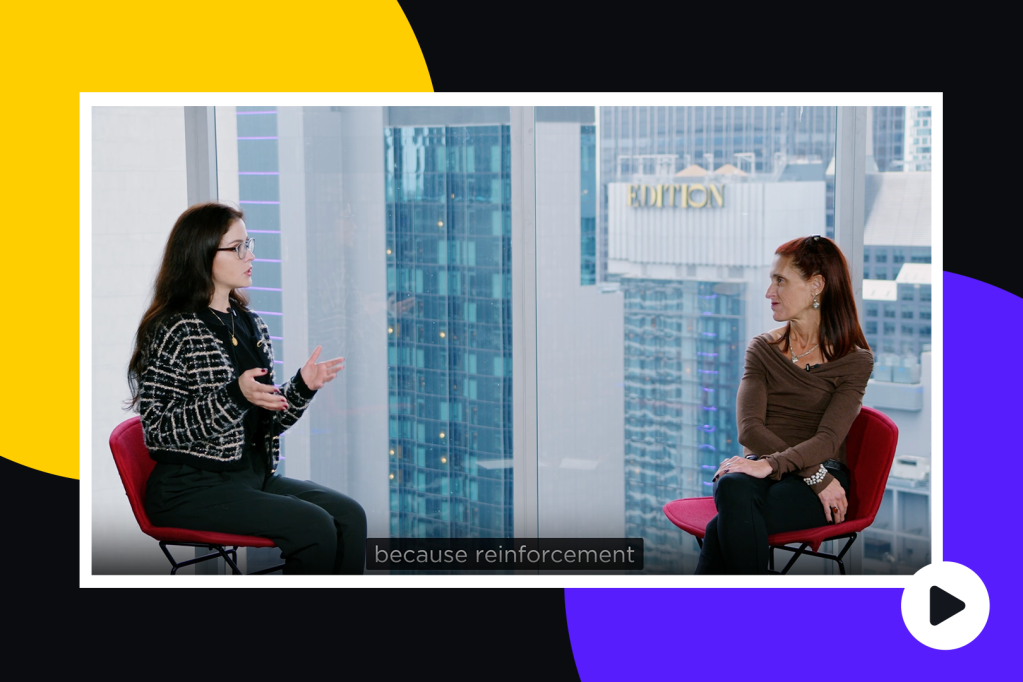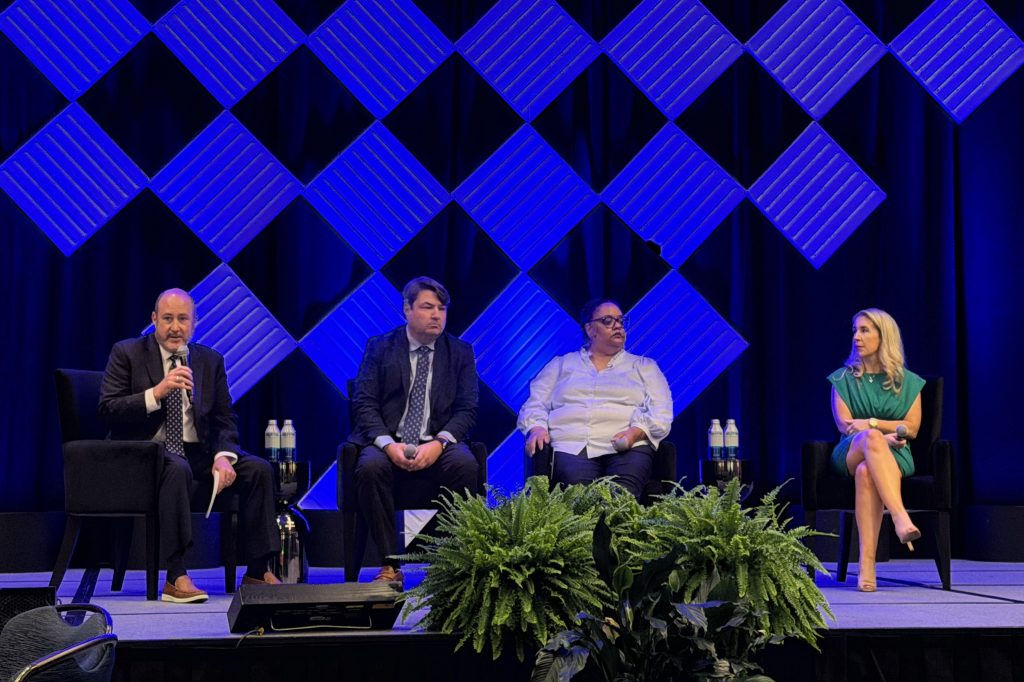The SEC’s Division of Economic and Risk Analysis just published three new reports that provide the public with information on capital formation and beneficial ownership of qualifying private funds. They are designed to offer key information on the capital market, specifically focusing on private funds.
The first two papers analyze
Register for free to keep reading.
To continue reading this article and unlock full access to GRIP, register now. You’ll enjoy free access to all content until our subscription service launches in early 2026.
- Unlimited access to industry insights
- Stay on top of key rules and regulatory changes with our Rules Navigator
- Ad-free experience with no distractions
- Regular podcasts from trusted external experts
- Fresh compliance and regulatory content every day














